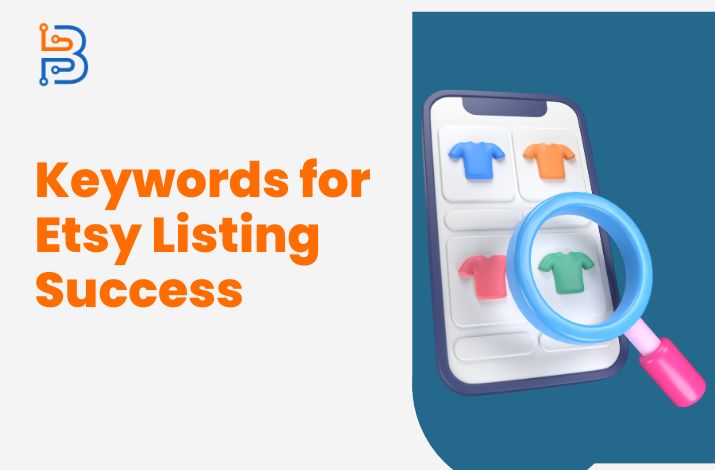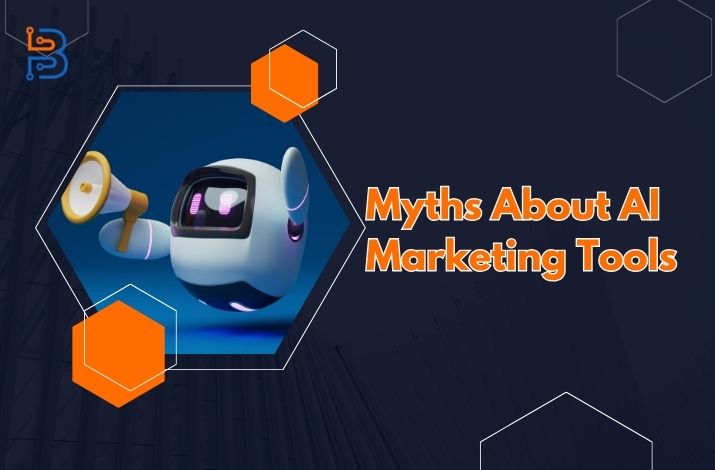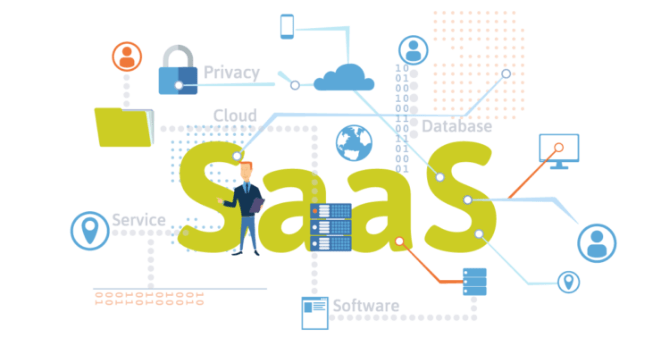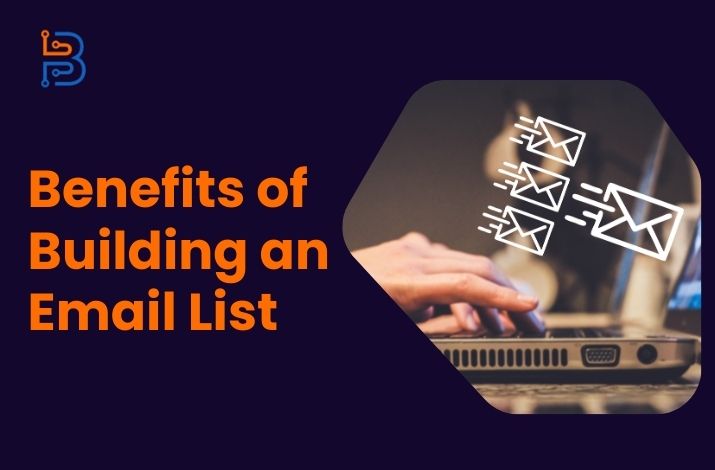How Email Marketing Automation Enhancing Customer Engagement
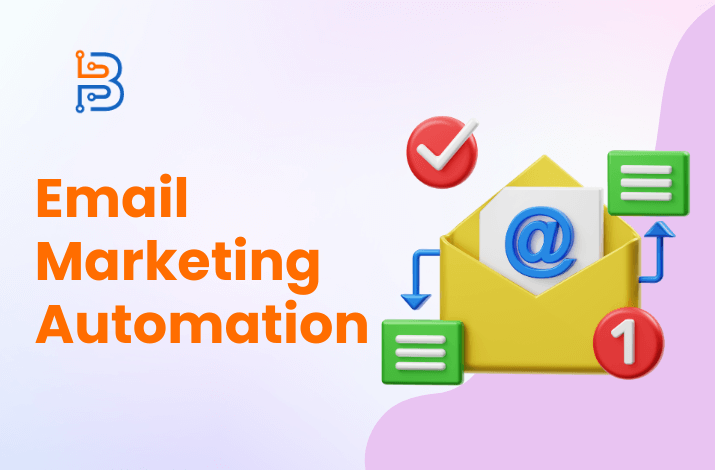
Strong customer connections and increased sales are only possible to achieve with active participation from customers in today’s highly competitive business environment. Automation in email marketing has become a potent tool for companies to increase customer interaction. Companies may save time and effort on communication, wow customers with tailored messaging, and cultivate prospects along the sales funnel by using automation technologies.
This article delves into how automated email marketing can boost customer engagement, resulting in happier, more loyal clients.
Email Marketing Automation Benefits
Personalized Communication
The capacity to send customized emails to consumers is a major benefit of automated email marketing. Organizations may send emails that they believe are more inclined to be viewed and consumed by a particular client through analyzing its data and the conduct of their clients. Consumers are more likely to interact with the subject matter and perform the steps required when they think that the knowledge is helpful to them. Automation software lets firms establish email-sending processes and triggers in response to certain events. An online retailer, for instance, may set up an automated system to greet new subscribers with a custom email with a coupon code for their first purchase. The firm may make a good first impression and gain initial attention by sending a message relevant to the recipient’s interests or prior purchases.
Furthermore, using email automation, companies can dynamically include details about the recipient—such as their name, location, or prior experiences with the brand—in their messages. Beyond merely including the receiver’s name in the welcome, this customization makes for more meaningful interaction. By analyzing consumer data, companies may tailor their email campaigns to specific audiences depending on their demographics, purchase histories, or engagement levels. Businesses can send each group more relevant and engaging communications by dividing their consumer base into smaller subsets.
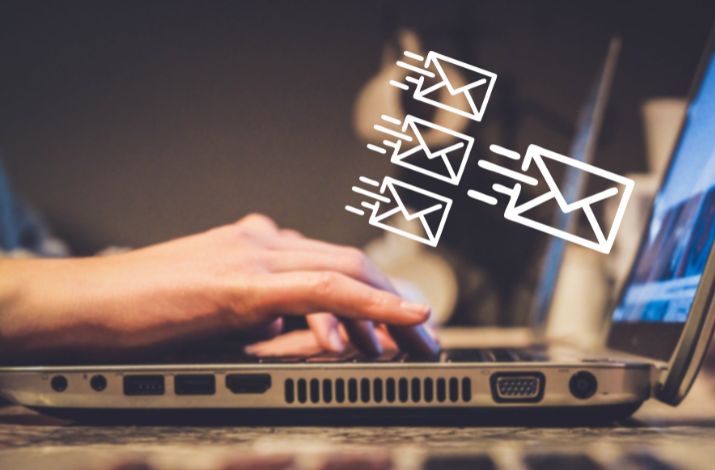
Drip Campaigns and Lead Nurturing
Drip campaigns are a series of pre-designed emails delivered to customers at regular intervals, and they may be automated using email marketing software. The campaigns help businesses nurture leads by gradually releasing sales-ready information to potential customers as they go down the sales funnel. Drip campaigns allow companies to automate their interactions with leads and ensure they are always in the minds of potential customers. Companies may nurture leads and create trust by methodically crafting emails that give relevant information, solve problem areas, and highlight the advantages of their goods or services.
A well-thought-out drip campaign considers where the client is in their journey and sends them appropriate material for that time. Drip marketing campaigns are often used in the early phases to educate leads about the sector or issue they’re experiencing, provide useful resources, and establish the brand as a trustworthy expert. Emails sent to leads at different stages of the sales funnel may concentrate more narrowly on features, case studies, and testimonials that prove the worth and efficiency of the company’s products and services. Companies may utilize automation platforms to establish conditions, such as user behavior or time intervals, that will initiate activities. If a prospect signs up for your drip campaign, you can be certain they will continue receiving your emails without lifting a finger.
Behavioral Triggers
Email marketing automation is quite effective because of the use of behavioral triggers. Businesses may build up automatic triggers that react to certain behaviours by measuring client interactions with emails and websites. By using these signals, businesses may send out timely and relevant emails, boosting open and click-through rates. If a consumer abandons their cart when purchasing online, the store might send them a discount offer through email to get them to finish the transaction. This trigger uses customers’ real-time activities.
Customers’ clicks on certain links, page views, and product interests may all be used to set off unique behavioral triggers. For instance, if a consumer often browses a certain section of an online store, they may get emails highlighting sales and new goods in that section. Depending on consumer activity, this degree of customization improves the email’s usefulness and efficiency. Inactive clients might be re-engaged with the use of behavioral triggers. Suppose a consumer has yet to purchase from you or communicate with the brand in any way. In that case, you can set up an automatic trigger to send them a re-engagement email with special deals or information about the advantages of your goods and services. This preventative measure is useful for reviving interest and re-engaging dormant clients.
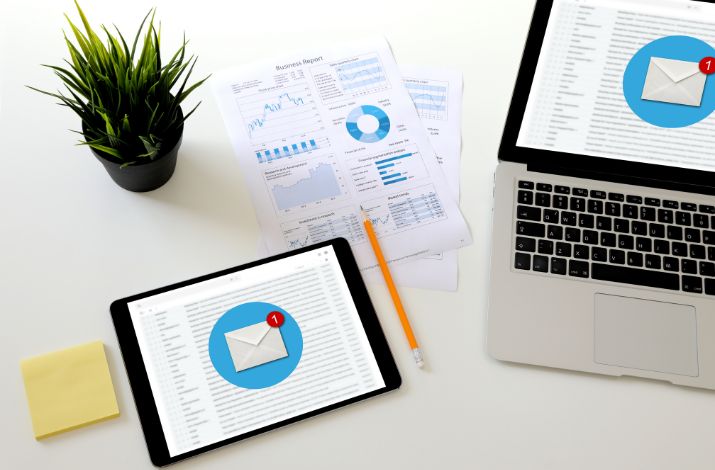
A/B Testing and Optimization
Businesses may see how customers respond to variations in email subject lines, body copy, and CTA buttons by using the A/B testing features provided by many automation systems for email marketing. In A/B testing or split testing, you send out two or more variations of an email to a subset of your audience and compare their performance to determine which one performs better. Businesses may improve consumer engagement and marketing results via experimentation and email campaign optimization.
By evaluating the success of several email iterations via A/B testing, businesses can make choices based on hard facts. For instance, different subject lines and content layouts may be tested to discover which ones result in greater open and click-through rates. Businesses may learn what their customers care about by tracking data like open rates, click-through rates, conversion rates, and revenue earned and then adjusting their campaigns accordingly.
To test an email, you must create at least two variations, each with a different variable. The variable in question may be the email’s subject line, structure, graphics, or call to action, among many others. To compare the efficacy of the various iterations, they are first randomly dispersed among subsets of the intended audience.
Conclusion
With the help of email marketing automation, organizations can improve client engagement via channels like one-to-one messaging, automated follow-ups, event-based triggers, and split testing. Businesses may use these features to send personalized communications, cultivate leads, react to customers’ actions, and more. Successful email marketing automation ultimately helps organizations engage with consumers meaningfully, foster lasting bonds with those customers, and thrive in today’s cutthroat business climate.



